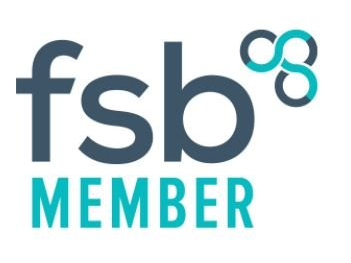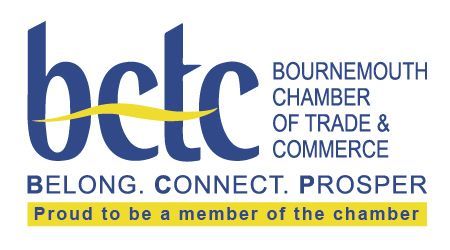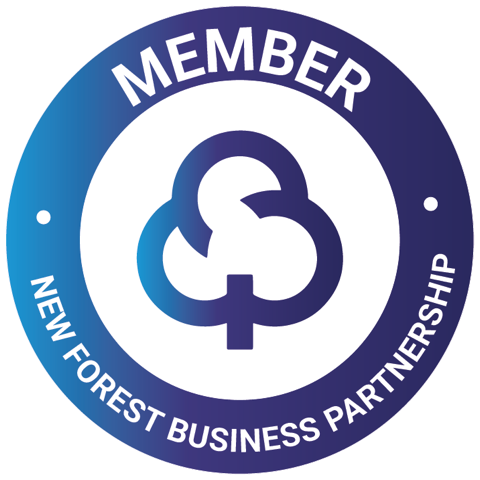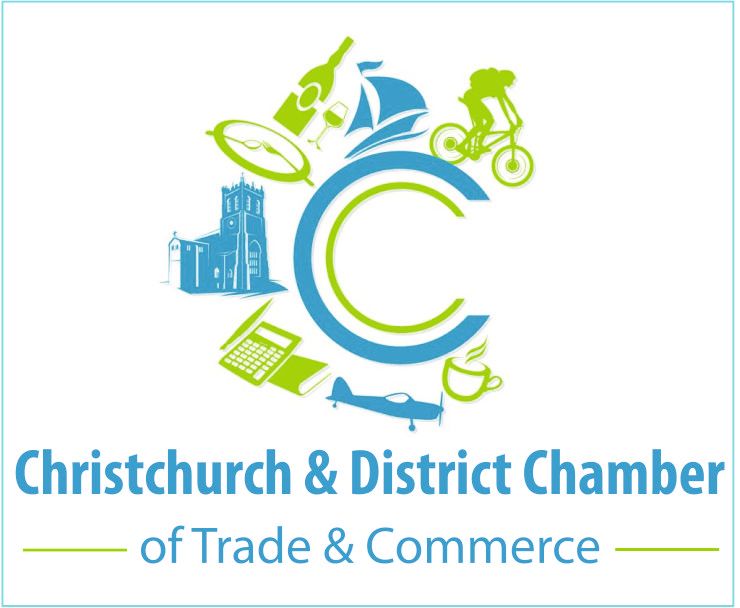The 12 point checklist to get your website to generate leads
The 12-Point Checklist to See if Your Website is Up to Scratch
Your website should be winning you work, not wasting your time. However, many small business websites are failing to generate enquiries.
This checklist is written in plain English so you can see if your website is doing its job.
👉 Want the easy route? >>>Request your free website and SEO audit today, and we'll check everything for you!<<<
1. Choose your Keywords
What it is: Keywords are the words customers type into Google (e.g. "bathroom fitter Christchurch").
Why it matters: If your site doesn't mention what you do and where you do it, Google will be less likely to show you.
How to fix it: List your services and locations. Use those words naturally in your text and page titles.
Better still, use a system like SEMRush or SE Ranking to ensure you're not using keywords that no one is searching for.
How to check: Type "your service + town" into Google. Does your site appear? If not, you could be missing keywords.
>>> Find out more about choosing Keywords <<<
2. Strong Headlines
What it is: The titles (or headings to give them their proper name) on your pages.
Why it matters: People and Google scan your headings first. The Headings on your website inform Google and potential customers about the page's content. Headings are given more weight than normal (paragraph) text for SEO purposes.
How to fix it: Write clear, direct headlines like "About BCP Building Services" instead of "About Us." Have a heading for a section of your website.
Better still - add a subheading underneath each main heading to add context, e.g. a good subheading for the example above would be - '20+ years experience of helping homeowners in Bournemouth improve their homes'
How to check: Read only your page titles. Can you tell what the business does and where?
3. Enough Words on the Page
What it is: Google needs at least 300 words per page to understand your service, ideally more. If you want the page to rank highly in Google, aim to have significantly more content, but don't forget your headings.
Why it matters: Pages with minimal content rarely rank highly on Google.
How to fix it: Add a few paragraphs explaining what you do, who you help, and how to get in touch.
Better still, employ a professional copywriter.
How to check: Paste your text into Word or Google Docs. Is it 300+ words? And does it clearly explain the messages you want to give on the page?
4. Make sure your content is clear and easy to read
What it is: Content written in plain English.
Why it matters: If people don't understand, they will move quickly on to the next website. Google sees that.
How to fix it: Use short sentences and everyday words. Avoid jargon.
Better still, have the key services in your headings and use bullet points.
How to check: Ask a friend or teenager to read your site. If they don't "get it," simplify.
5. Answer Common Questions (FAQs)
What it is: A list of questions customers often ask.
Why it matters: It builds trust and credibility, and provides Google with more useful content.
How to fix it: Write down all of the questions you get asked by a potential customer before they instruct you. Add a page or section with simple answers to common questions, such as "Do you offer free quotes?" or "How far do you travel?"
Better still, add FAQs that are relevant to the information or service on each page. So the Questions you get asked about fitting a kitchen are on the kitchen page.
How to check: Do customers keep asking you the same things on calls? If yes, those belong on your website.
Did you know? FAQs can increase enquiries by up to 40%
(Forrester)
6. Clear Calls to Action (CTAs)
What it is: Buttons or links telling people what to do next.
Why it matters: If you don't guide visitors, they leave.
How to fix it: Add clear CTAs like "Book a Free Audit" or "Get a Quote" on every page.
Better still, make the CTA relevant to the device. So if someone is browsing on their mobile, have the main CTA as Call Us, and if they are on a laptop, then it should be 'complete this form' or email us.
How to check: Scroll through your site. Is it obvious what to do next?
Tip Tip - Forms are better than emails, as you can collect more information, such as their phone number
7. Use Video to Build Trust
What it is: A short clip of you, your team, or your work.
Why it matters: People trust faces. Video can double the time visitors stay on your site. Also, Google tends to favour video because it improves engagement on your website.
How to fix it: Record a 30-second welcome video or a quick job walk-through. Post it on your homepage.
How to check: Does your site feel personal and real? If not, add a quick video.
💡 TopTip - A professional can help provide the perfect content for your website and reformat it for different social media platforms such as YouTube, Facebook and TikTok etc.
>>> Find out more about Video Marketing <<<
8. Make It Easy to Contact You
What it is: Customers shouldn't have to hunt for your contact info.
Why it matters: If they can't reach you quickly, they'll call someone else.
How to fix it: Add your phone number and email to the Header at the top of your page, and a simple form to every page. On mobile, use a "Tap to Call" button.
Better still, make your Header 'sticky' so it stays in place when scrolling, ensuring your contact information is always visible.
How to check: Ask someone to find your contact details. Can they do that in under 3 seconds?
9. Link to Your Google Business Profile
What it is: Your Google listing with reviews, map, and contact info.
Why it matters: Most people search on Google first. Linking to your profile shows your reviews and builds trust.
How to fix it: Add a "See Our Google Reviews" button that links directly to your profile.
How to check: Search your business name + town. Does your Google profile appear on the right side of the screen?
In the UK, over 93% of search users use Google to find what they need. So having a strong Google Business Profile matters
10. Real Photos, Not Stock Images
What it is: Pictures of your real work and team.
Why it matters: People don't trust cheesy stock images.
How to fix it: Take photos on your phone of finished jobs, vans, or staff. Upload those instead.
Better still: Use a professional photographer and update the photos on your website regularly.
How to check: Do your recognise anyone or anything on the pictures on your website?
11. Positive Reviews on Your Site
What it is: Showing off customer feedback.
Why it matters: 9 out of 10 people check reviews before buying.
How to fix it: Add a reviews section or embed Google reviews.
Better still, make sure your reviews are towards the top of your home page so it is one of the first things people see when they land on your website and if possible have some more in-depth case studies on your website.
How to check: Can people see your reputation without leaving your site?
12. Keep It Fresh
What it is: Regular updates to show you're active.
Why it matters: Google rewards fresh content and it improves engagement with website visitors.
How to fix it: Post a blog once a month or upload new photos of jobs.
Better still: Consider a managed service for your website that includes unlimited updates from your web designer.
How to check: Look at the dates of your last update. Has it been months?
Top Tip - schedule some time each week or month to make some updates to your website
Bonus Point: Tell People Where You Work
What it is: Listing the areas you cover.
Why it matters: Local SEO depends on location. If you don't say where you work, neither Google nor potential visitors will know.
How to fix it: Add a "Service Areas" to the main headings
How to check: Does your site clearly say which towns or areas you cover? If not, add them.
Final Thoughts
Your website doesn't need to be flashy. It just needs to be clear, simple, and focused on local customers. By ticking off this checklist, you'll already be ahead of most small businesses in your town or city.
👉 Want a shortcut? Request your free website and SEO audit today, and we'll show you exactly what's working and what needs fixing.
Request your free website & SEO audit
















